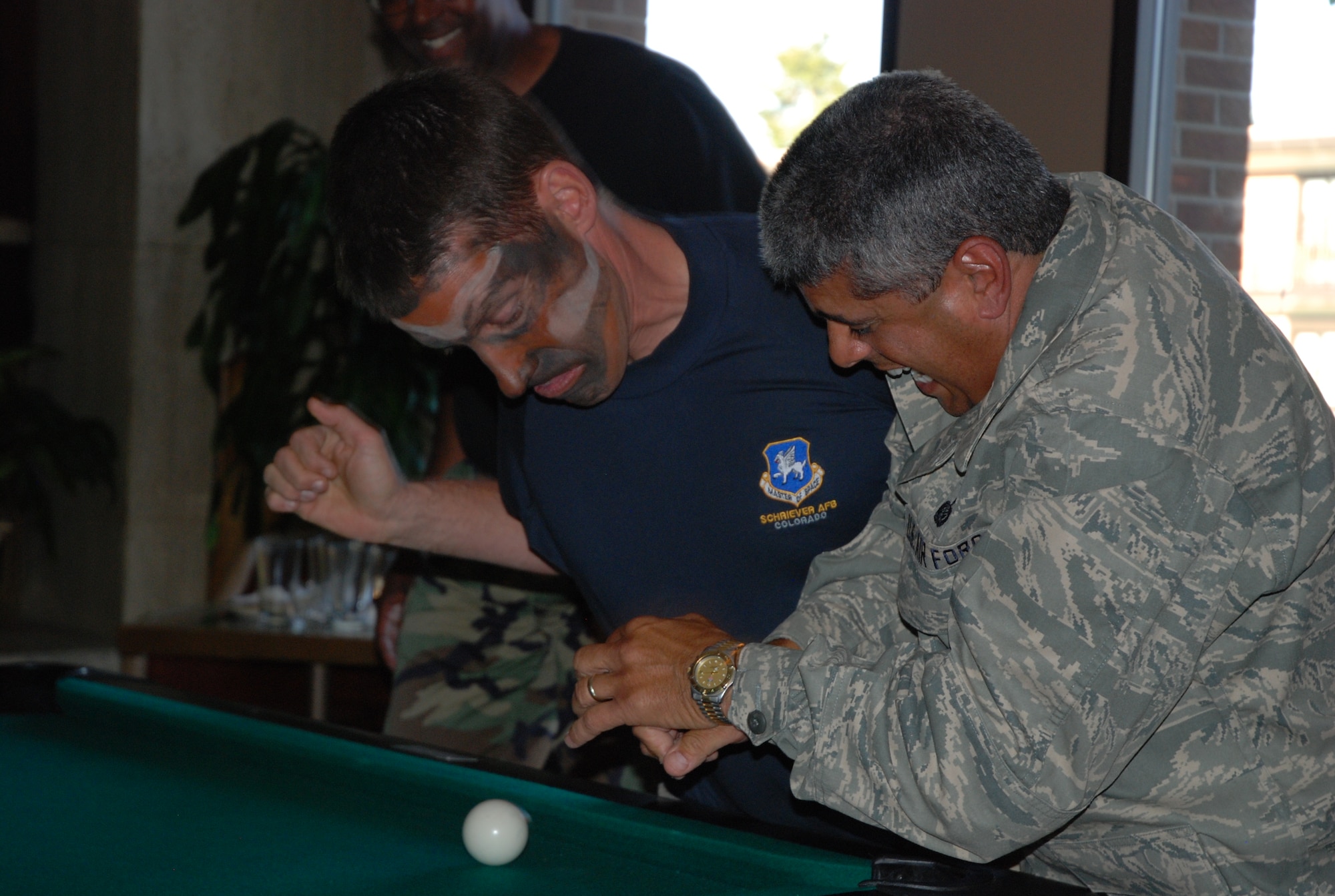Sidespin and English Terminology and Uses - Billiards and Pool Princip…
페이지 정보

본문
Although the three advocate similar empirical standards for knowledge, that is, that there are no innate ideas and that all knowledge comes from experience, Hume is known for applying this standard rigorously to causation and necessity. Once we realize that "A must bring about B" is tantamount merely to "Due to their constant conjunction, we are psychologically certain that B will follow A", then we are left with a very weak notion of necessity. After explicating these two main components of Hume’s notion of causation, three families of interpretation will be explored: the causal reductionist, who takes Hume’s definitions of causation as definitive; the causal skeptic, who takes Hume’s problem of induction as unsolved; and the causal realist, who introduces additional interpretive tools to avoid these conclusions and maintains that Hume has some robust notion of causation. Instead of taking the notion of causation for granted, Hume challenges us to consider what experience allows us to know about cause and effect. Billiards is a fun cue game and is easy to play if you know all the rules and strategies. In this case, the players are still expected to observe all the rules of the game.
This tenuous grasp on causal efficacy helps give rise to the Problem of Induction-that we are not reasonably justified in making any inductive inference about the world. The bottom line for Hume’s Problem of induction seems to be that there is no clear way to rationally justify any causal reasoning (and therefore no inductive inference) whatsoever. This article examines the empirical foundations that lead Hume to his account of causation before detailing his definitions of causation and how he uses these key insights to generate the Problem of Induction. Hume shows that experience does not tell us much. Loosely, it states that all constituents of our thoughts come from experience. The Copy Principle only demands that, at bottom, the simplest constituent ideas that we relate come from impressions. Though Hume himself is not strict about maintaining a concise distinction between the two, we may think of impressions as having their genesis in the senses, whereas ideas are products of the intellect. Think you know the players and who should beat who?

Welcome to N.Y.C. Scott, if there is anything you need while here, let me know! Is there such a thing as a national bar box championship anymore? Is there a big event coming up that you want everyone to know about? The challenge seems to amount to this: Even if the previous distinction is correct, and Hume is talking about what we can know but not necessarily what is, the causal realist holds that substantive causal connections exist beyond constant conjunction. Of two events, A and B, we say that A causes B when the two always occur together, that is, are constantly conjoined. Our 7ft $1299 pool tables are the best value for money. We have received excellent customer feedback for our X-Pro pool tables! Top-quality 3 In 1, 8FT x 4FT Pool / Dining table / Table Tennis Table. A ball in hand allows a player to place the cue ball anywhere on the table before making their shot. This process (seen below), called the unfolding of the billiard path, allows the ball to continue in a straight-line trajectory. To use Hume’s example, we can have an idea of a golden mountain without ever having seen one. By learning Hume’s vocabulary, this can be restated more precisely.
Spin Generation (1 being that the chalk does not grip the ball very well which could cause more miscues by venturing out further on the ball to get the desired spin. By applying chalk to a cue tip, players are increasing the micro-roughness of the tip. Both expressions may be combined to explain the point of the cue ball aimed at for a shot. That player is assigned the group, or suit, what is billiards of the pocketed ball - 1 to 7 (solids) or 9 to 15 (stripes) - and the other suit is assigned to the opponent. When a player fails to score, he yields to his opponent, who plays the balls as they have been left. Here you can see different points of contact from low inside English (bottom left) to high outside English (upper right). For instance, four points are earned if a player hits the red ball, cannons onto the opponent's ball, and then goes off. One Pocket is a game for two players or two teams, where each player or team can only score into one of the two corner pockets on the foot end of the table, while the other player or team can only score into the other corner pocket at the foot end of the table.
- 이전글아리아카지노사이트 24.06.11
- 다음글MAFS' Mel Schilling reveals she 'ignored the signs' of colon cancer 24.06.11

